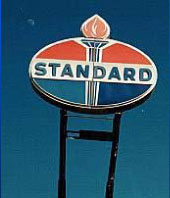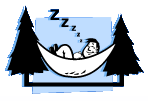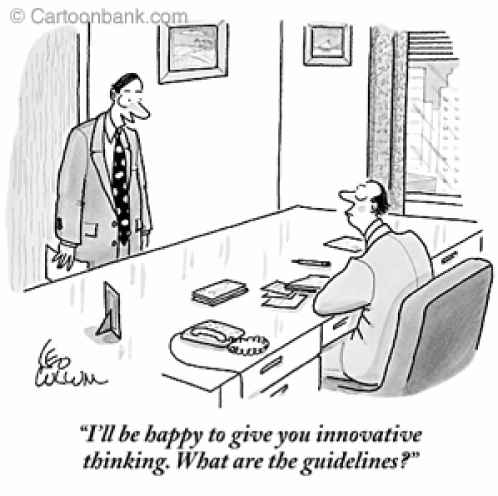Thomas O. Barnett Presentation
Slide 1
Section 2 of the Sherman Act
Thomas O. Barnett
Assistant Attorney General
Antitrust Division
U.S. Department of Justice
Antitrust Division and Federal Trade Commission
Hearings Regarding Section 2 of the Sherman Act
Washington, DC
June 20, 2006
Slide 2
Reasons for Sponsoring Hearings
- Enhance Division Understanding of Unilateral Conduct
- Advance the Development of the Law
- Provide helpful guidance for courts
- Provide helpful guidance for
- businesses
- Provide helpful guidance for
- international community
Slide 3
Monopoly 96 Years Ago
- Standard Oil and the 3 Evils of Monopoly
 |
|
 |
Slide 4
Product Development and Innovation
 |
The Quiet Life: -- v. -- Gales of Creative Destruction: |
 |
Slide 5
R.W. Grant, Tom Smith and
His Incredible Bread Machine
 |
You're gouging on your prices if You charge more than the rest. But it's unfair competition If you think you can charge less! A second point that we would make To help avoid confusion: Don't try to charge the same amount! That would be collusion. You must compete--but not too much For, if you do, you see Then the market would be yours-- and that would be monopoly! |
Slide 6
Monopoly Today
Judge Posner: Antitrust policy toward "unilateral abuses of market power" is "the biggest substantive issue facing antitrust." 72 U. Chi. L. Rev. 229, 229 (2005).
Slide 7
Monopoly Today
Professor Hovenkamp: "Notwithstanding a century of litigation, the scope and meaning of exclusionary conduct under the Sherman Act remain poorly defined." 72 U. Chi. L. Rev. 147, 147-48 (2005)
Slide 8
Brooke Group
- Harm to a Competitor Does Not Demonstrate Harm to Competition

- The "Practical Ability of a Judicial Tribunal" to Regulate a Problem and Avoid "Chilling Legitimate Price Cutting"
- The Importance of Safe Harbors
Slide 9
Trinko
- Cost of False Positives
- Underscores need for administrable rules
- Remedy
- Not all problems have antitrust solutions
Slide 10
Future Panels
- Predatory Pricing and Predatory Buying
- Appropriate cost measure
- Relief
- Weyerhaeuser
- Refusals to Deal
- When if ever should a firm be compelled to deal with a competitor?
- Relief
Slide 11
Future Panels
- Loyalty Discounts
- Brief for the United States as Amicus Curiae in LePage's
- Predatory pricing, exclusive dealing, or tying?
- Safe harbors
- Tying and Exclusive Dealing
- Identifying and assessing efficiencies
- Relief
Slide 12
Future Panels
- General Principles
- Is there an overarching standard for Section 2?
- Proposed Tests
- Different duties under different provisions of the antitrust laws?
Slide 13
Slide 14
Six Principles Informing
Section 2 Enforcement
- Anticompetitive Exclusionary Conduct Should Be Prosecuted
- Mere Size Does Not Demonstrate Competitive Harm
- Injury to Competitors Does Not Demonstrate Competitive Harm
- Need for Clear, Objective, and Administrable Rules
- Avoid Chilling Procompetitive Conduct Remedy Must Promote Competition
Slide 15
Section 2 of the Sherman Act
Thomas O. Barnett
Assistant Attorney General
Antitrust Division
U.S. Department of Justice
Antitrust Division and Federal Trade Commission
Hearings Regarding Section 2 of the Sherman Act
Washington, DC
June 20, 2006

 U.S. Department
of Justice
U.S. Department
of Justice

